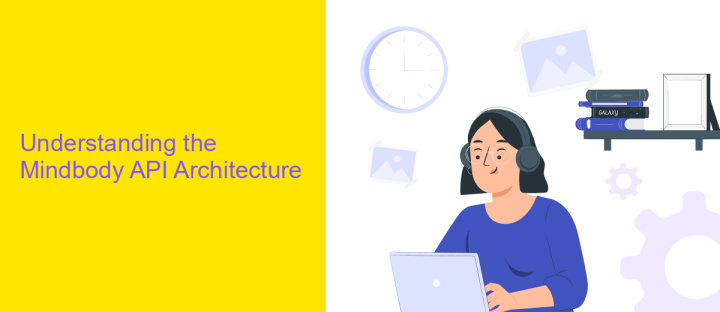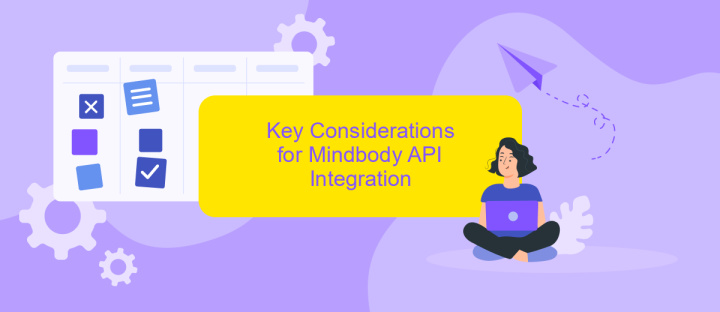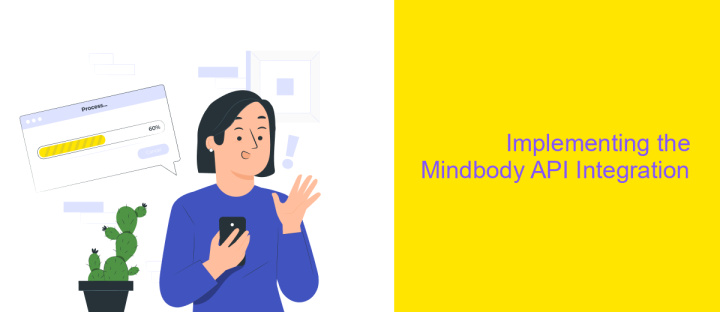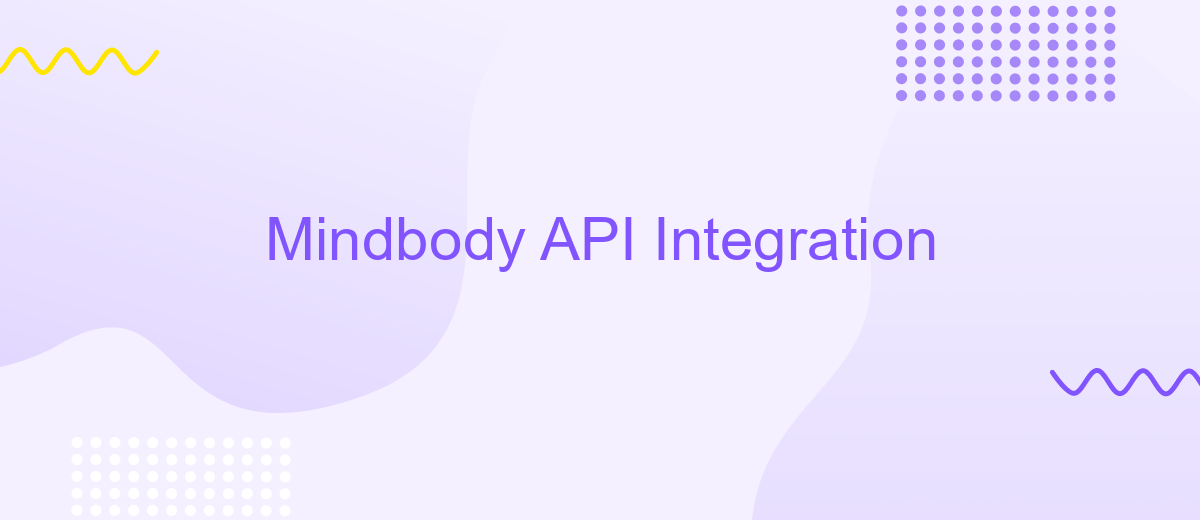Mindbody API Integration
Integrating the Mindbody API into your business systems can significantly streamline your operations and enhance customer experiences. This powerful tool allows seamless access to scheduling, client management, and payment processing, all within a single platform. By leveraging the Mindbody API, businesses can automate routine tasks, improve data accuracy, and provide clients with a more personalized and efficient service, ultimately driving growth and customer satisfaction.
Introduction to Mindbody API and its benefits
The Mindbody API is a powerful tool designed to streamline business operations in the wellness and fitness industry. By integrating with various platforms, it allows businesses to manage appointments, client information, and payment processing efficiently. This API provides a seamless way to connect Mindbody's robust software with third-party applications, enhancing the overall user experience and operational efficiency.
- Automated scheduling and booking processes
- Real-time data synchronization across platforms
- Improved client management and engagement
- Secure and efficient payment processing
- Enhanced reporting and analytics capabilities
These benefits make the Mindbody API an essential component for businesses looking to optimize their operations and provide superior service to their clients. By leveraging this API, businesses can focus more on delivering quality services while reducing administrative burdens. As the wellness industry continues to grow, integrating Mindbody API ensures that businesses remain competitive, adaptable, and customer-focused in an ever-evolving market landscape.
Understanding the Mindbody API Architecture

The Mindbody API architecture is designed to facilitate seamless integration between various applications and the Mindbody platform, which is widely used for managing wellness and fitness businesses. At its core, the API provides a set of RESTful endpoints that allow developers to access and manipulate data related to clients, appointments, classes, and more. This architecture is built to support secure and efficient data exchange, utilizing OAuth 2.0 for authentication to ensure that only authorized applications can interact with the system. The API's modular design allows developers to implement specific functionalities without overloading their applications with unnecessary data.
To streamline the integration process, services like ApiX-Drive can be utilized, which offer a user-friendly interface for connecting Mindbody with other platforms. ApiX-Drive simplifies the setup by providing pre-built connectors and automation tools, eliminating the need for extensive coding knowledge. This allows businesses to quickly integrate Mindbody into their existing workflows, enhancing operational efficiency and reducing the time spent on manual data entry. By leveraging such services, businesses can ensure a smooth and effective integration, maximizing the potential of the Mindbody API architecture.
Key Considerations for Mindbody API Integration

Integrating with the Mindbody API requires careful attention to several key factors to ensure a successful implementation. First, understanding the API's documentation is crucial, as it provides the necessary guidelines and constraints for development. This includes familiarizing oneself with the authentication process, request limits, and data structures used by the API.
- Authentication: Ensure that your application securely manages API keys and tokens, adhering to Mindbody's security protocols.
- Rate Limiting: Be aware of the API's rate limits to avoid disruptions in service and plan your data requests accordingly.
- Data Mapping: Accurately map your application's data structures to those of the Mindbody API to ensure seamless data exchange.
- Error Handling: Implement robust error handling to gracefully manage API errors and maintain application stability.
- Version Control: Keep track of API version changes to ensure compatibility and take advantage of new features.
By considering these factors, developers can create a more efficient and reliable integration with the Mindbody API. This careful planning not only enhances the user experience but also ensures that the application remains scalable and adaptable to future updates or changes in the API.
Implementing the Mindbody API Integration

Integrating the Mindbody API into your application can significantly enhance your service offerings by providing seamless access to scheduling, client management, and other essential functionalities. To begin, familiarize yourself with the Mindbody API documentation, which offers comprehensive guides and resources to help you understand the API's capabilities and limitations.
Once you have a solid understanding of the API, the next step is to set up your development environment. Ensure you have the necessary API keys and access credentials, which are crucial for authenticating your requests. Additionally, consider the specific endpoints you will need to interact with based on your application's requirements.
- Register your application with Mindbody to obtain API credentials.
- Set up authentication protocols to securely access the API.
- Implement error handling to manage potential API request failures.
- Test API calls thoroughly in a sandbox environment before going live.
After successful implementation, monitor the integration regularly to ensure it functions smoothly and efficiently. Regular updates and maintenance are necessary to adapt to any changes in the API or your application needs. By following these steps, you can leverage the Mindbody API to enhance your application's functionality and provide a superior experience to your users.
Testing, Maintenance, and Troubleshooting
Testing the Mindbody API integration is crucial to ensure seamless functionality and performance. Begin by validating API endpoints and checking data exchanges between your application and Mindbody's servers. Utilize tools like Postman for manual testing and create automated test scripts to regularly evaluate the integration. For more complex setups, consider using ApiX-Drive to streamline and automate the testing process, as it offers a user-friendly interface for managing API integrations without extensive coding knowledge.
Maintenance involves regularly updating your integration to accommodate changes in the Mindbody API or your application. Monitor API updates and adjust your integration as necessary to maintain compatibility. Additionally, implement logging to track issues and facilitate troubleshooting. When problems arise, use these logs to diagnose and resolve them efficiently. ApiX-Drive can assist in maintaining your integration by providing alerts for any disruptions and offering tools to quickly address and fix issues, ensuring minimal downtime and a smooth user experience.
FAQ
What is Mindbody API Integration and why is it important?
How can I start integrating Mindbody API into my system?
What are the common challenges faced during Mindbody API integration?
How can I ensure data security during Mindbody API integration?
Can I automate appointment scheduling and client management with Mindbody API?
Time is the most valuable resource for business today. Almost half of it is wasted on routine tasks. Your employees are constantly forced to perform monotonous tasks that are difficult to classify as important and specialized. You can leave everything as it is by hiring additional employees, or you can automate most of the business processes using the ApiX-Drive online connector to get rid of unnecessary time and money expenses once and for all. The choice is yours!

